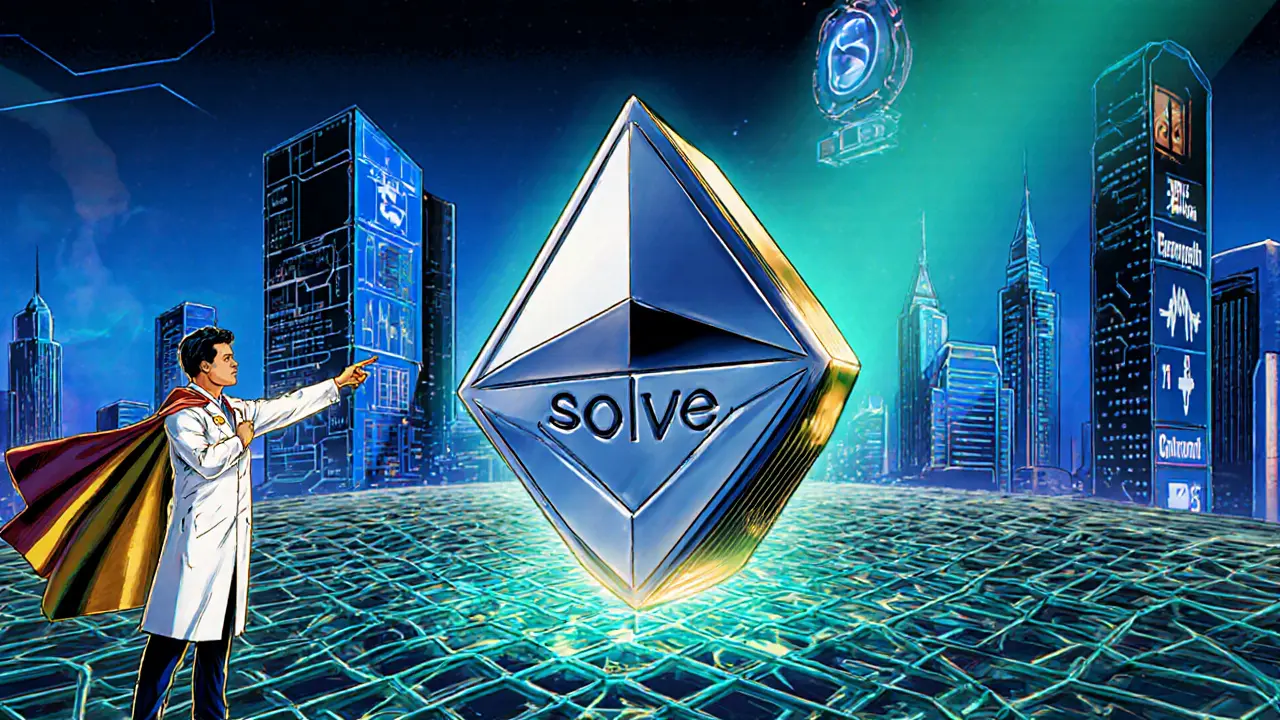ERC20 Token – Standards, Uses, and Latest Insights
When working with ERC20 token, a fungible token standard on the Ethereum blockchain that defines how tokens can be transferred and how data about them is accessed. Also known as ERC‑20, it forms the backbone of most crypto assets you see today. The standard lives on Ethereum, the decentralized platform that runs smart contracts and powers most public blockchains, and it requires an smart contract, self‑executing code that enforces token rules without a middleman to mint, transfer, and track balances. Because DeFi, decentralized finance applications built on blockchain relies heavily on these tokens, understanding the ERC20 mechanics is crucial for anyone trading, providing liquidity, or building a new project. In short, ERC20 token encompasses functions like transfer, approve, and balanceOf; it requires a smart contract to enforce those functions; and it powers the majority of DeFi platforms.
Why ERC20 Matters Today
Every time you hear about a new airdrop, a fresh exchange listing, or a tax form for crypto staking, an ERC20 token is likely involved. The token standard gives developers a reliable template, which means exchanges can list new coins quickly, wallets can support them out‑of‑the‑box, and regulators can identify them as a distinct asset class. This consistency also lets users move assets across dozens of decentralized exchanges without worrying about compatibility issues. For investors, the predictable behavior of ERC20 tokens simplifies due‑diligence: you know exactly which functions to call, how supply is tracked, and what rights you have as a holder.
Our collection of articles reflects that breadth. We cover practical security steps to keep your ERC20 holdings safe on major exchanges, explain how staking rewards earned from ERC20‑based DeFi protocols are taxed in 2025, and walk you through the claim process for popular ERC20 airdrops like Genshiro (GENS), SHO, and AntEx. You’ll also find deep dives into specific ERC20 coins—such as RatCoin, Baby Bitcoin, and Forever Alone—detailing their tokenomics, risk factors, and where to trade them. Exchange reviews (Bitrota, Hotbit, COINSPACE) highlight how different platforms handle ERC20 deposits and withdrawals, while regulatory guides (UK FCA rules, Russia mining policy) show the evolving legal landscape affecting ERC20 projects worldwide.
All of this knowledge builds a solid foundation for anyone dealing with ERC20 tokens, whether you’re a casual trader, a DeFi farmer, or a developer launching the next big token. Below you’ll discover targeted guides, up‑to‑date analyses, and step‑by‑step instructions that turn the technical specs of ERC20 into actionable insight you can use right now.




